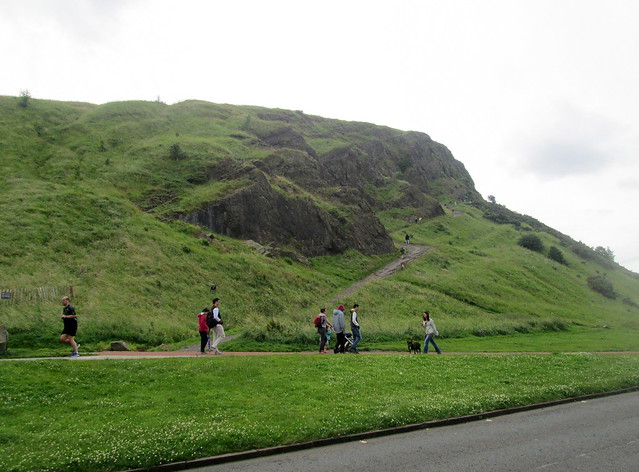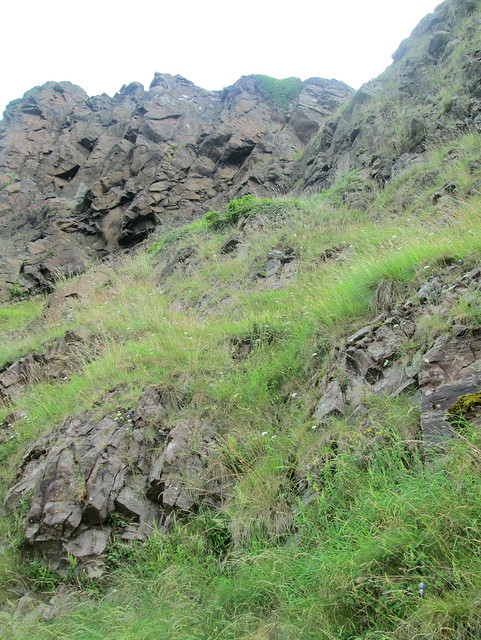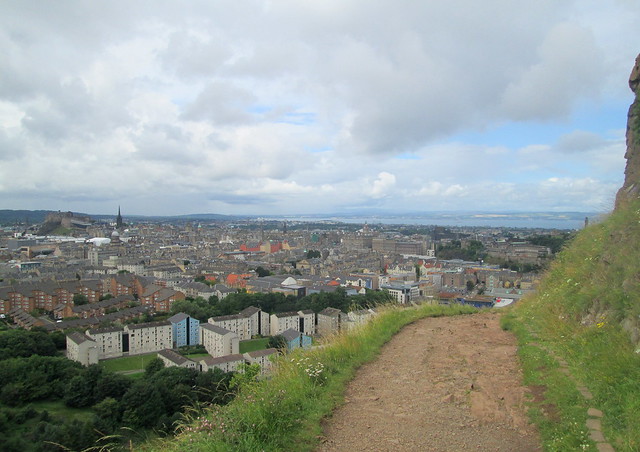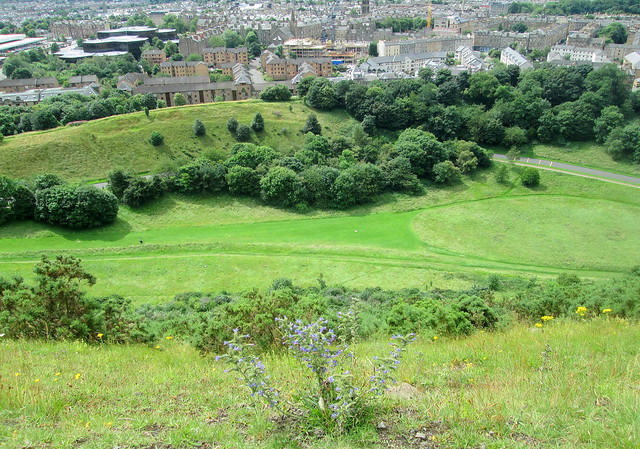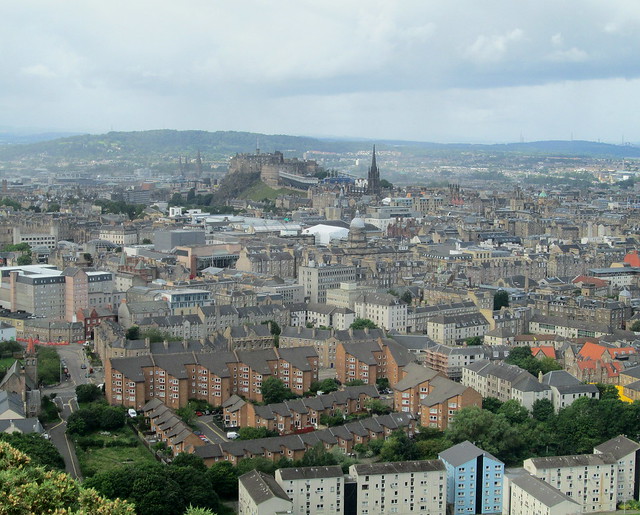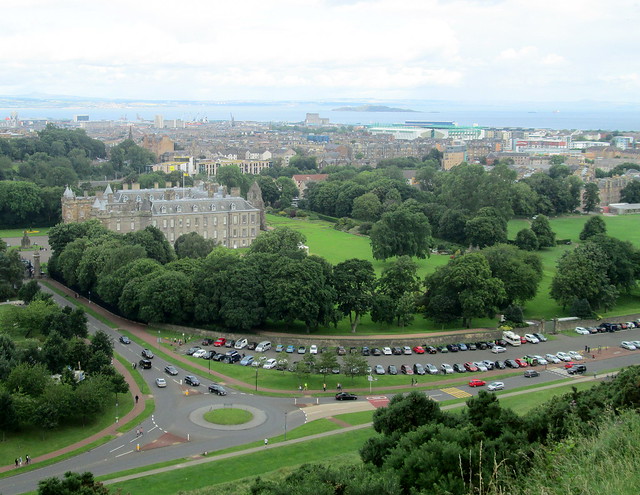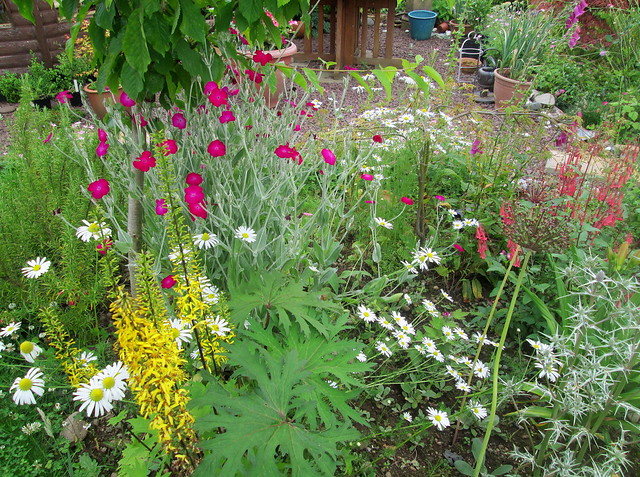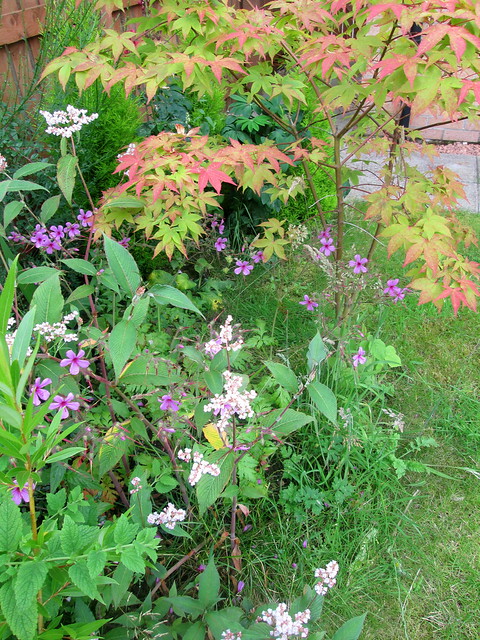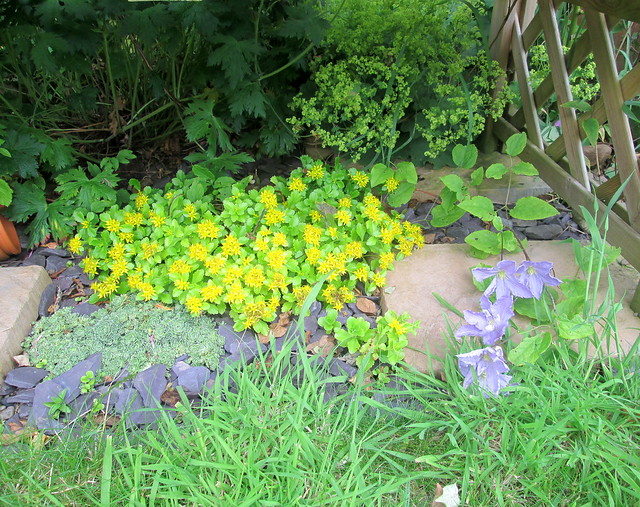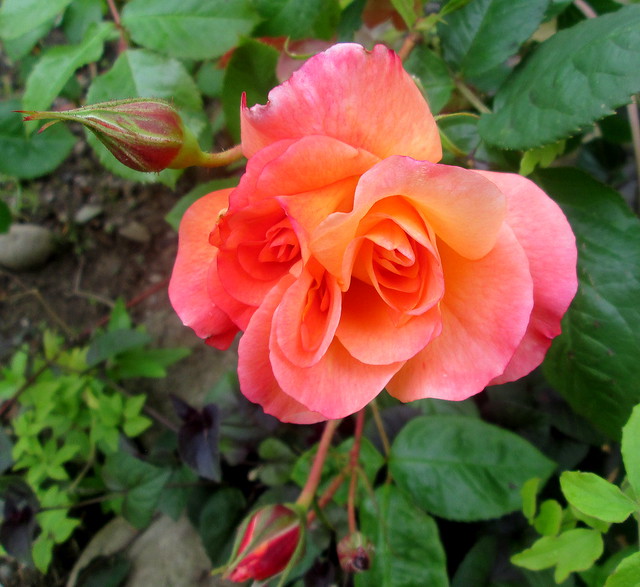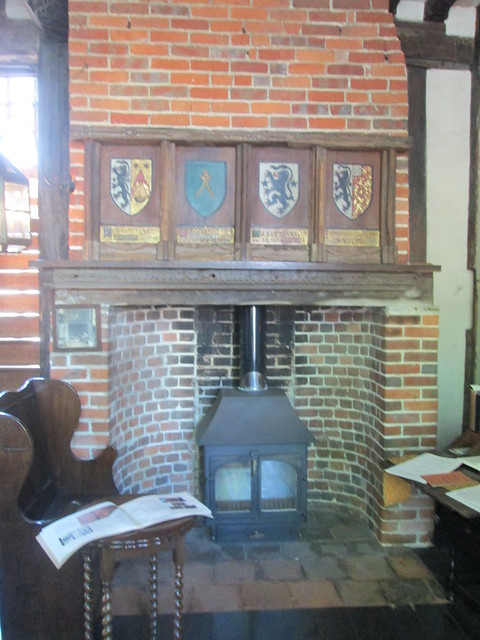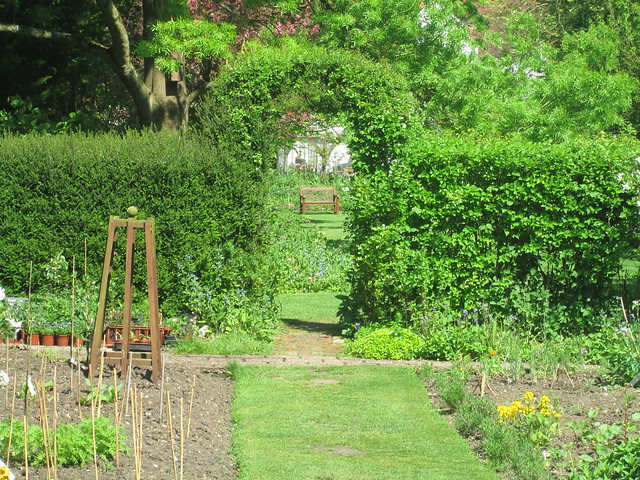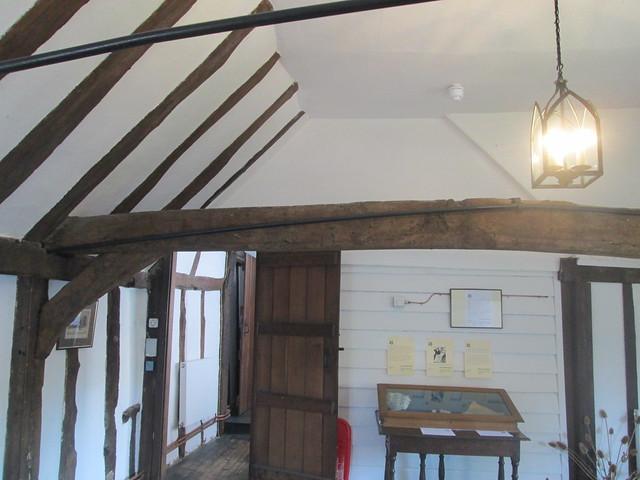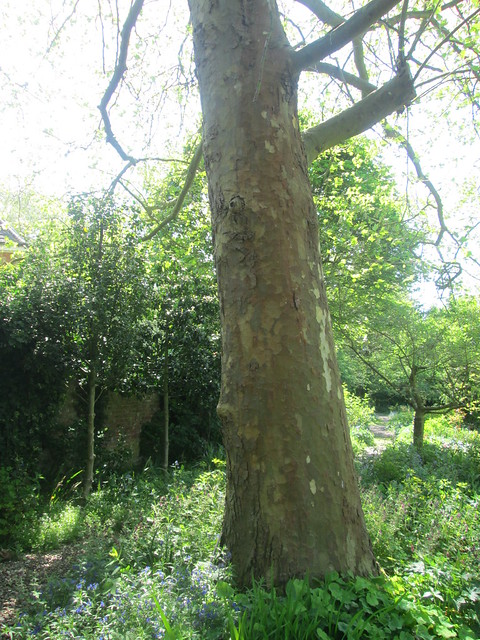Josephine Tey A Life by Jennifer Morag Henderson was published in 2015 and I borrowed it from the library. I was really surprised when I saw how thick the book is, it’s 426 pages including the index and I did wonder how somebody had managed to write so much about a writer who was famously secretive about her life. I thought maybe a cache of until now unknown information had come to light somehow but apparently not.
In fact by the end of the book I didn’t really know much more about Tey than I had before I set out to read it. Henderson writes a lot of pages about Tey’s father’s business and how it grew, not really something of great interest but it pads out pages I suppose and it’s information easily gained through local council records.
There’s an awful lot of speculation about possible World War 1 romances, Henderson seems determined to give Tey a tragic romantic history but really there is no evidence that any man was any more than a friend with an interest in poetry. It would seem that while Tey was in Inverness (most of her life) she kept herself to herself. Her family seem to have had a bit of a chip on their shoulder about the family being in trade, the father was a successful fruiterer and they seem to have thought that they were rather looked down on by some sections of the community. But the three daughters in the family were sent to a private school and I can just imagine the locals thinking that the local board school was good enough for most of them, why not for the Tey family. It inevitably sets you apart if your children aren’t sent to the ordinary local school.
Tey was one of those Scottish people who couldn’t wait to get out of Scotland and she suffered from an inherited snobbishness which must have made life in a small Highland town such as Inverness a real pain for her. She sought to anglicise herself in that mistaken belief that some people had/have that ‘English’ meant superior. She was proud of having English ancestors, when most people would probably have hidden that fact.
The sad fact is that for most of Josephine Tey’s life she was stuck in a town that she didn’t like much with no friends there and having to run after her elderly authoritarian father, while her two younger sisters left Inverness for England and stayed down there. She must just have lived for the times that she managed to get away down south to stay with friends or visit publishers.
This book is more interesting for the information about Tey’s way of writing and the background to her books and the plays written under the name of Gordon Daviot. I think it’s fair to say that Tey had rather an immature attitude to her work and was quite willing to cut off her nose to spite her face when it came to her relationship with the BBC. She was very precious about her writing talent – too precious maybe.
If you enjoy Tey’s writing you’ll definitely want to read this book although for my liking there is far too much emphasis on her extended family, particularly when you consider that they could not be described as being a close family. I didn’t really need to know that Tey’s father Colin had an ostentatious gravestone put up at his parents’ grave – a sure sign of a guilty conscience, he was ashamed of them and their Gaelic heritage and seems to have kept his own children away from them. What a shame for all concerned.
I rarely get a chance to chat about books I have read with actual friends instead of blog friends. But as it happens Eric had just read this one and we were of the same opinion, it didn’t tell us much more than we already knew about Tey. Eric mentioned that as Tey was obviously a lesbian he can’t understand why Henderson should be so determined to avoid that fact. I have to say that I agree completely. Tey did have lesbian friends and when propositioned by one of them she rebuffed her. But I would say that the reason for rebuffing her was probably because the woman was the partner of Tey’s friend and had a reputation as a philanderer, causing her partner grief. Tey would have to have been a fairly despicable person to have an affair with her friend’s partner. Tey at the time was fond of wearing masculine clothes, including shirts and ties as well as mannish jackets (see the book cover) – enough said. However Tey was of a religious bent so it’s probably something that she struggled with. It certainly goes a long way to explaining why Tey had such a horror of publicity and journalists.
As it happens I am also the daughter of a fruiterer and if I had ever become famous I would have found it bizarre if anyone had shown any interest in where my father’s shop was, or his relationships with his extended family. If you’re a fan of Tey’s writing though you will definitely want to read this book.
There’s a short introduction by Val McDermid.
I read this one as part of the Read Scotland 2016 Challenge.








